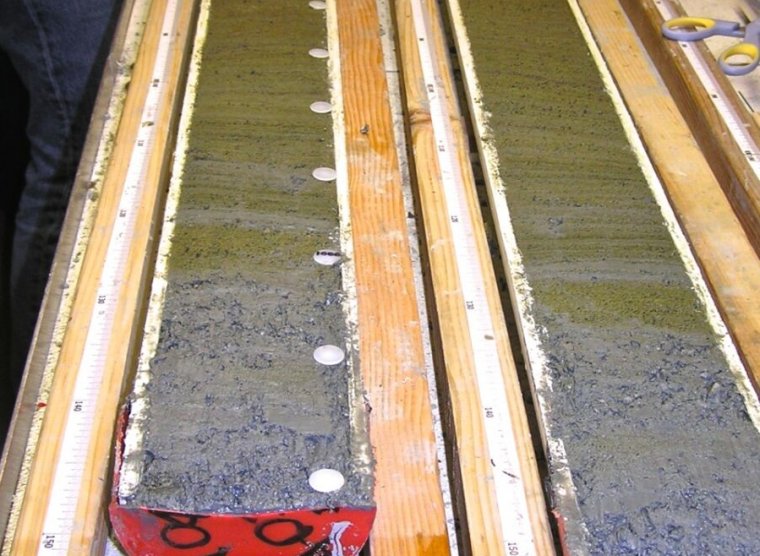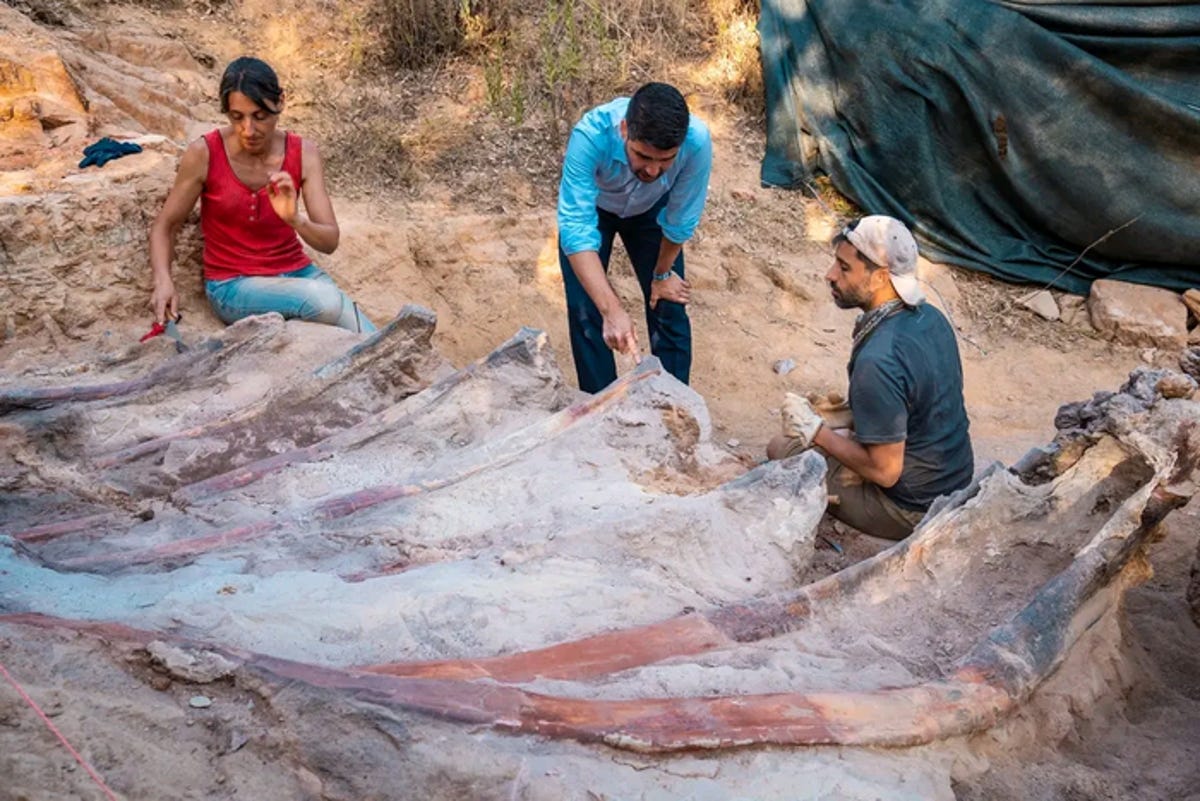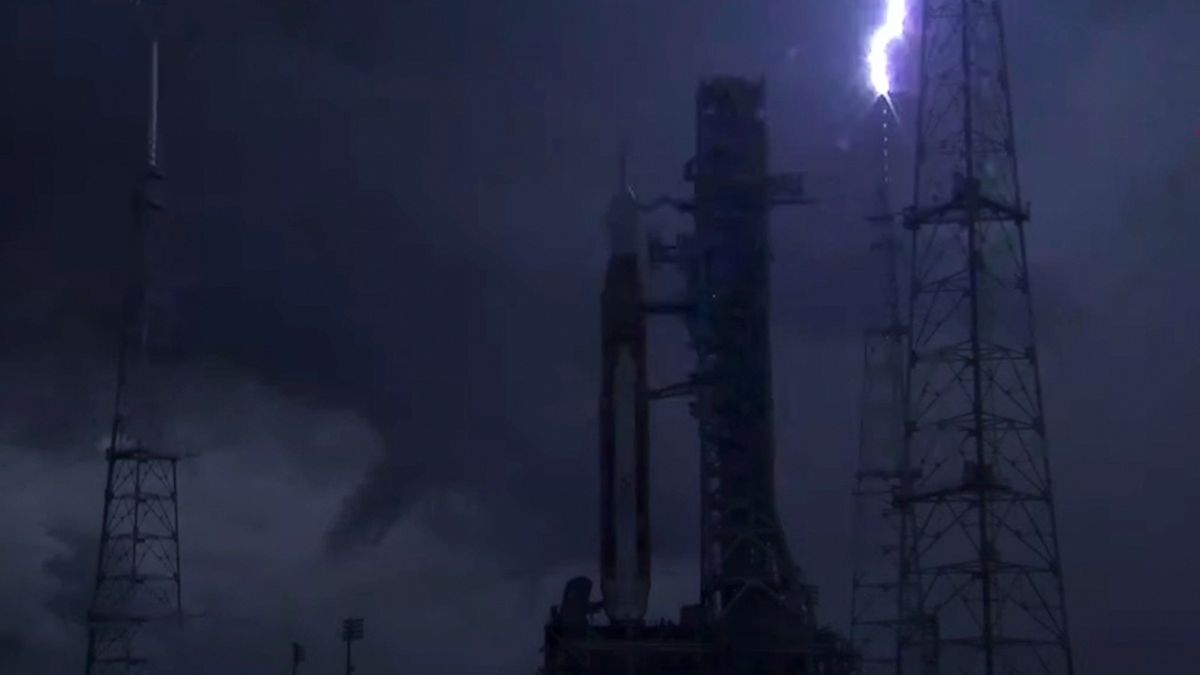
In a paper recently published in Science, Professor Nele Meckler of the University of Bergen and colleagues argue that the climate between around 35 and 60 million years ago may have been considerably warmer than we thought. Their finding suggests that a given level of CO2 might produce more warming than prior work indicated, and it hints that the ocean circulated differently during that warm, ice-free climate.
Their conclusions come from new measurements of carbon and oxygen isotopes found in the shells of tiny creatures, called benthic foraminifera or “forams,” that lived on the seafloor at the time. Earlier work with similar samples had estimated temperatures using oxygen isotopes—a technique that could be confused by changes in how much water was locked away in ice at the poles and, to a lesser extent, variations in ocean salinity. The new study used a technique that registers temperatures more reliably and produced much warmer numbers.
A newer, clearer thermometer
Benthic foram oxygen isotopes have been a mainstay of ancient global climate studies, with the latest most detailed record extending back 60 million years. Deep ocean temperatures reflect ocean surface temperatures over timescales longer than about 1,000 years because the global “conveyor belt” of ocean circulation turns over on that timescale. Oxygen isotopes in that water reflect ocean surface temperature, and by extension global climate, because water with the heavier isotope oxygen-18 is a bit harder to evaporate than water with oxygen-16; when the sea is warmer and there’s more evaporation, oxygen-18 builds up in the oceans.
This isotope buildup is calibrated to temperature, but that calibration requires knowing ocean salinity and how much water is locked up in ice caps. “The global [oxygen isotope] curve… has always had this semi-hidden uncertainty due to the dual influences of temperature and ice volume that we can now resolve using clumped isotopes,” said Sierra Petersen of the University of Michigan, who was not involved in Meckler’s study.
The clumped isotope method removes the need to make that assumption about how much water is locked away in ice because it simultaneously measures the levels of carbon-13 found in the same sample of calcium carbonate in a foram shell. Thermodynamics favors “clumping” of heavier isotopes in calcium carbonate in cold water, but as the water gets warmer, entropy increasingly exerts its influence, and the heavier isotopes become more scattered in the shell material. The degree of isotope clumping is calibrated to temperature in the lab for a variety of materials, enabling clumped isotope measurements to yield temperature measurements in deep time.
The new method indicates that between 57 and 52 million years ago, the North Atlantic abyss was about 20°C. That’s a big difference from the oxygen isotope data, which yielded temperatures of 12–14°C. “That's a whole lot warmer,” said Meckler. For comparison, today’s equivalent is around 1–2°C.
A hotter greenhouse?
Comparing these new temperatures to the CO2 levels prevalent at the time produced a bit of a surprise. “Perhaps most striking is the evidence this study provides for tight coupling between geologically brief periods of high CO2 and deep ocean temperature,” said John Eiler of Caltech, who pioneered the use of clumped isotopes to measure ancient temperatures but was not part of Meckler’s study.
The Intergovernmental Panel on Climate Change's best estimate is that doubling our CO2 from preindustrial levels will result in 3°C of global warming, but the uncertainty remains large—it could be between 2.5°C and 4°C for that same increase in CO2. If the value is closer to 4ºC, Earth will warm more for the same amount of CO2 in the air.
Meckler’s warmer temperatures suggest that CO2’s capacity to warm during that time in Earth’s past was higher than was found in earlier studies. “This would lead to a higher climate sensitivity to atmospheric CO2,” the paper says.
Alternatively, reconstructions of atmospheric CO2 levels at the time may underestimate those past gas concentrations. “There's quite a lot of uncertainty still in the CO2 reconstructions,” Meckler said. She also noted that the researchers don’t yet have global coverage with their data.
“I do want to want to put a caveat here that we have only looked at the Atlantic Ocean so far, so it could be that the Atlantic Ocean is doing something special,” Meckler told Ars. “This increased sensitivity to CO2 would only be the case if this was really a global signal—we don't know that yet.”
Signs of weird ocean circulation
Meckler’s team also uncovered large, multi-million-year swings in ocean-bottom temperature.
They found surprisingly cool temperatures 55 million years ago, sandwiched between super-warm temperatures 57 and 52 million years ago. Meckler told Ars she was “very puzzled” by such large temperature swings, with cool temperatures showing up shortly after a well-known global warming event called the “Paleocene Eocene Thermal Maximum” or “PETM.” The PETM occurred 56 million years ago; unfortunately, the team does not have data covering the PETM itself.
The fact that these 7–8°C temperature swings are not seen in the oxygen isotope data suggests that both temperature and salinity were changing—a hint that ocean currents may have reorganized at the time. This is because exchanging warm salty water with cooler, fresher water causes the salinity to cancel out the temperature signal in the oxygen isotope data, but not in the new clumped isotope data. This would explain why the temperature swings appear in just one of the methods.
“There could be changes in the connectivity between the North Atlantic and the Arctic for tectonic reasons,” Meckler said. “I'm wondering if there's kind of switches between a more high-latitude colder and fresh water mass and a lower latitude warmer and saline water mass.”
A tectonic cause makes sense since the Arctic Ocean was much more cut off from the global ocean and less salty then, and a plume of hot rock beneath Earth’s crust affected seabed topography in the North Atlantic at the time. But it could also be that global ocean circulation operated differently due to the hot climate. “During those conditions where you have greenhouse climates, you don't have ice sheets, and you have… more intense hydrological cycles,” Meckler told Ars, “so the system might be operating quite differently under those conditions.”
As scientists reach further and further back in time for climates that can inform us about our own future, figuring out how the oceans behaved at those times becomes ever more important. “If you can have these big changes in ocean circulation, that is something we need to understand,” said Meckler. “What does that mean for how… the climate system reacts to changes in tectonics but also changes in CO2?”
Eiler highlighted that aspect of the study, saying, “This is a highly significant study that both advances our understanding of the deep ocean during periods of sustained globally warm climate and challenges longstanding interpretations of the temperature structure of the oceans during 'greenhouse' eras.”
Meckler’s team is already working on adding detail to their currently sparse temperature record, something that other scientists eagerly anticipate. “I hope that this excellent work can be reproduced across multiple ocean basins to identify previously hidden patterns of changing [seawater oxygen isotopes] and temperature through space and time,” said Petersen.
Science, 2022. DOI: 10.1126/science.abk0604
Howard Lee is a freelance science writer focusing on geology and climate change in deep time. He holds a B.Sc. in geology and M.Sc. in remote sensing, both from the University of London, UK.
https://ift.tt/K8abcQM
Science












